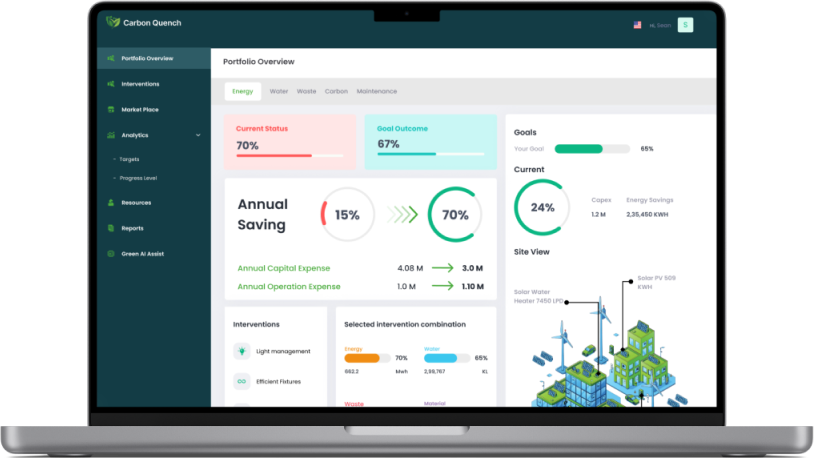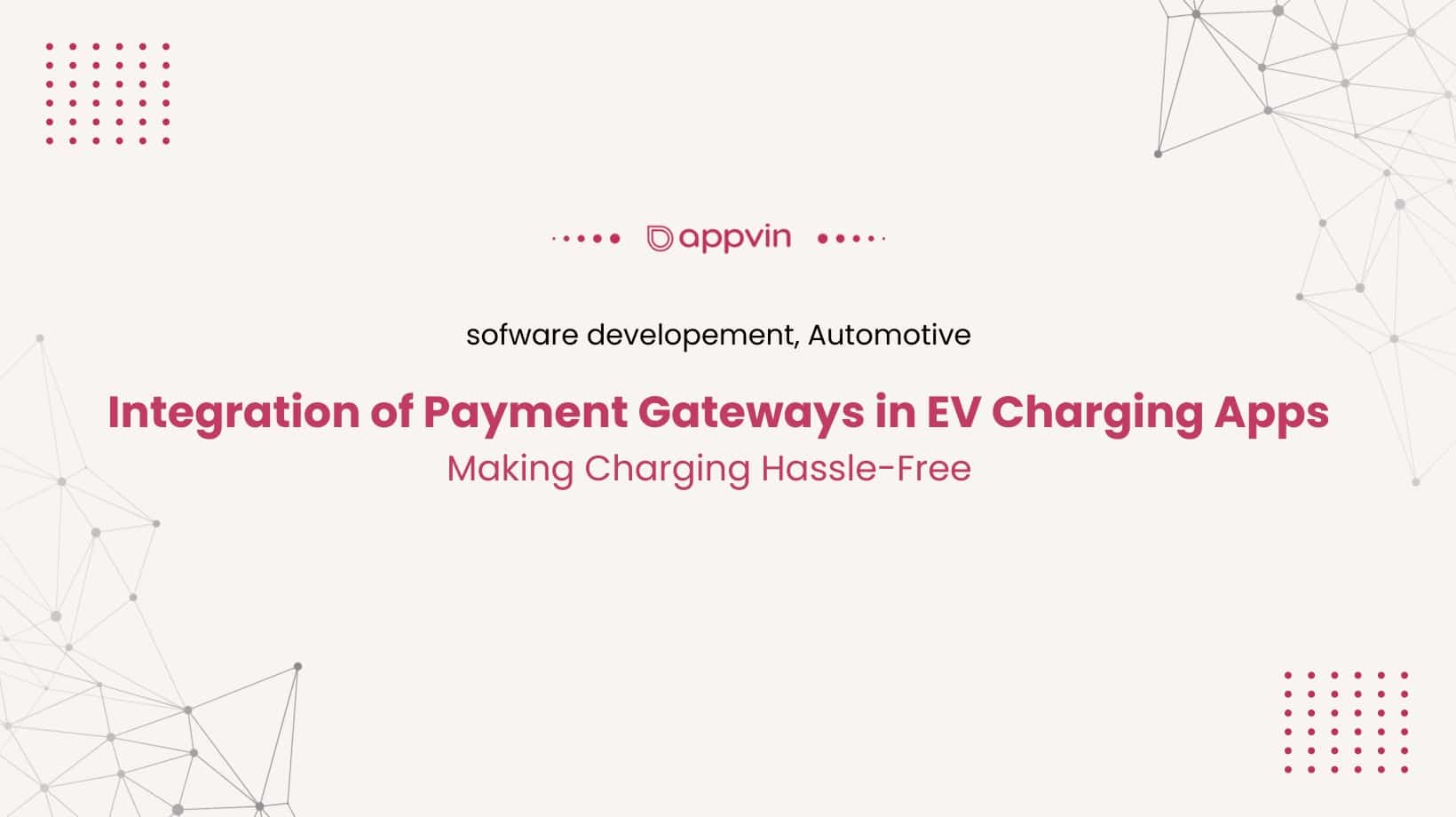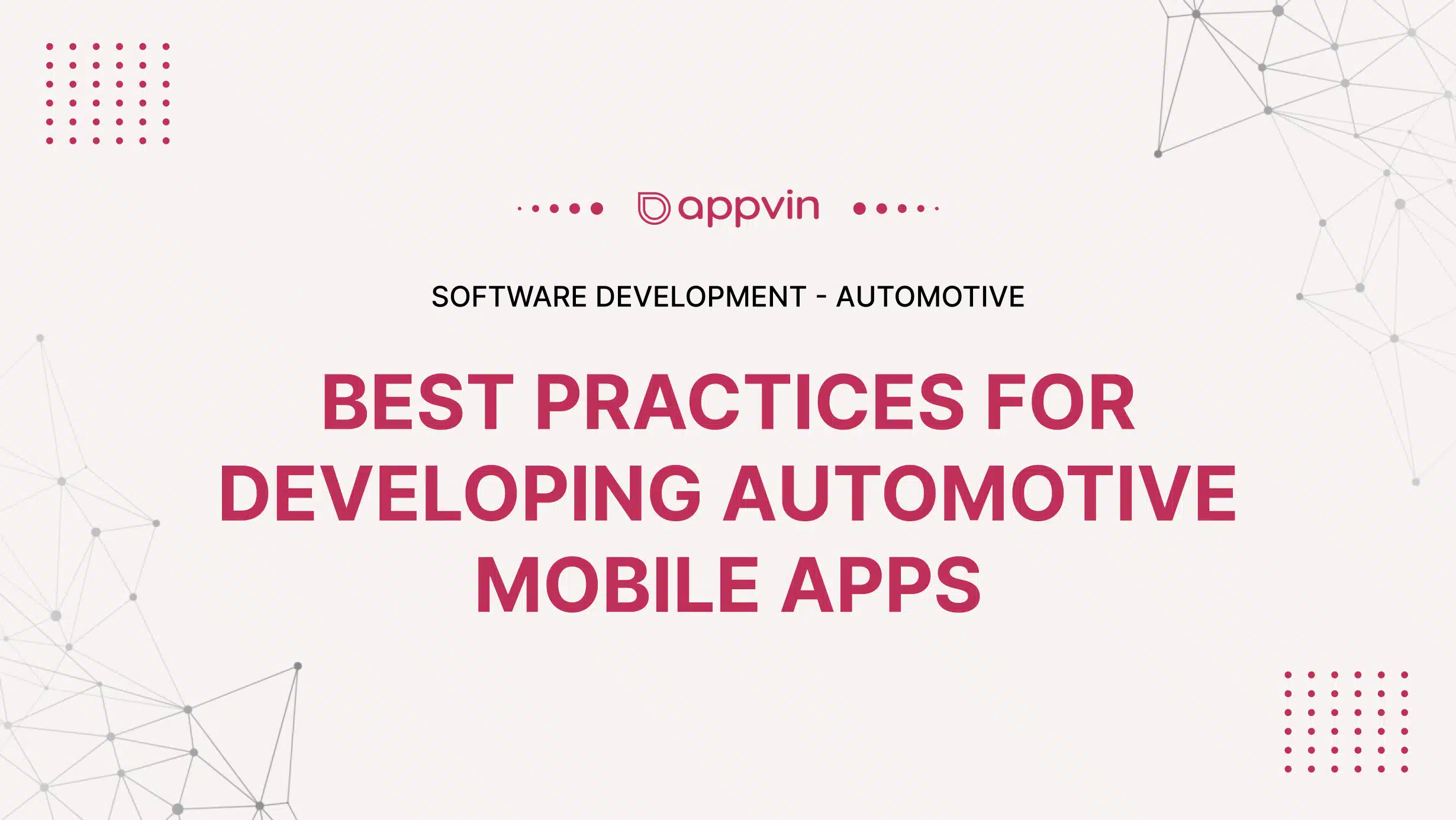Smartphones are an essential tool for those who want to buy the vehicle they want. They are also used by people to search for automobile spare parts. The device makes you look at the process of manufacturing and how it happened. It creates a new space for customers to quickly find their cars and learn about them.
In the queue to buy vehicles in assets, you can see a lot of smartphone usage. Various car-specific apps help buyers to find automobiles and understand them better. They may even be able to buy a car if they know more about it. With the help of automotive mobile apps, customers can get expert reviews, schedule test drives, and more.
The following are the key challenges while developing a mobile app for the automotive industry:
Key challenges of Developing Automotive Mobile Apps
Security and data privacy concerns:
Security is a major concern for developers and another major issue in the mobile app development process. In addition to developing mobile applications for manufacturing industries, there is a strong focus on ensuring security, leading to the creation of a new category of automotive apps.
The application should not be affected by malware, otherwise, it will cause the software or hardware to break down, which will take more time and money to fix.
Security is one of the most important aspects of any industry, and with the increasing usage of mobile applications, it becomes even more important. Many cyber threats are happening to break into the system.
Integration with car systems and APIs:
First, there are requirements specific to the automotive industry, such as app usage, third-party API integration, the use of IoT platforms, and vehicle hardware and Bluetooth integration.
Sometimes, the use of built-in software or ready-to-use APIs may become a challenging factor in mobile apps. However, facilitates the implementation of these features in the application, and reduces the development time and costs. There are many third-party plug-ins available, including payment gateway service, push notification service, analytics service, hosting service, and others.
Compliance with regulations and safety standards
Compliance with regulations and safety standards is sometimes a challenge in building mobile apps for the automotive industry. Building automotive mobile apps for the automotive industry involves some strict rules and safety requirements.
Apps must follow regulations to prevent driver distractions and protect user data, and vehicle safety. Compliance with regulations and safety standards involves the various functional safety standards, security guidelines, Vehicle safety, and environmental impact regulations.
Data privacy standards, Safety defect reporting, monitoring and testing, verification, and validation processes, and more.
User interface design for in-car use
There’s no doubt that creating interactive automotive mobile apps is one of the most effective ways to capture customers’ attention. With integrated sensors, applications can become even more useful and interactive. It can be very difficult to do this, but to simplify the process, interactions should exist during the design stage.
The challenge in these automobile mobile apps is that app need a minimal design with the right number of graphics that captivate the users and provide them with great experiences.
Maintaining connectivity and performance
The apps ensure network connectivity, and data usage and work to improve their function and improve the user’s experience. The mobile applications developer guarantees the optimization of their apps’ performance regarding battery usage, memory allocation, and other factors.
A good mobile app consumes less battery but performs well. In this case, you can make a beta version of the app and get it tested thoroughly until it performs well without any battery problems.
Cost of development and maintenance
The cost of developing an automotive app depends on how many platforms the app is built on (Android, iOS) and the type of app (navigation, maintenance, route optimization, etc.).
However, the type of app has a direct impact on the app development cost as each app is different in terms of the industry, the target audience, the features, the design, and the tech stack.
Sometimes, the development and maintenance of automotive mobile apps for the automotive industry are costly and face several challenges. These include integration of hardware and software across devices, managing industry protocols, and ensuring high performance and responsiveness.
Conclusion
Software solutions play an important role in the growth and success of the automotive industry. It makes processes more efficient, boosts output levels, and ultimately increases customer satisfaction.
In brief, there are numerous advantages that software solutions offer the automotive industry that enable businesses to run at their best and stay ahead of the competition.
Safety systems, risk analysis, and vehicle-specific adaptability in automotive software are advancing to the point that autonomous cars may be used in everyday life soon.
Highly sensitive sensors, media, and entertainment players with improved features and precise voice controls have become the norm in today’s smart automobiles.







